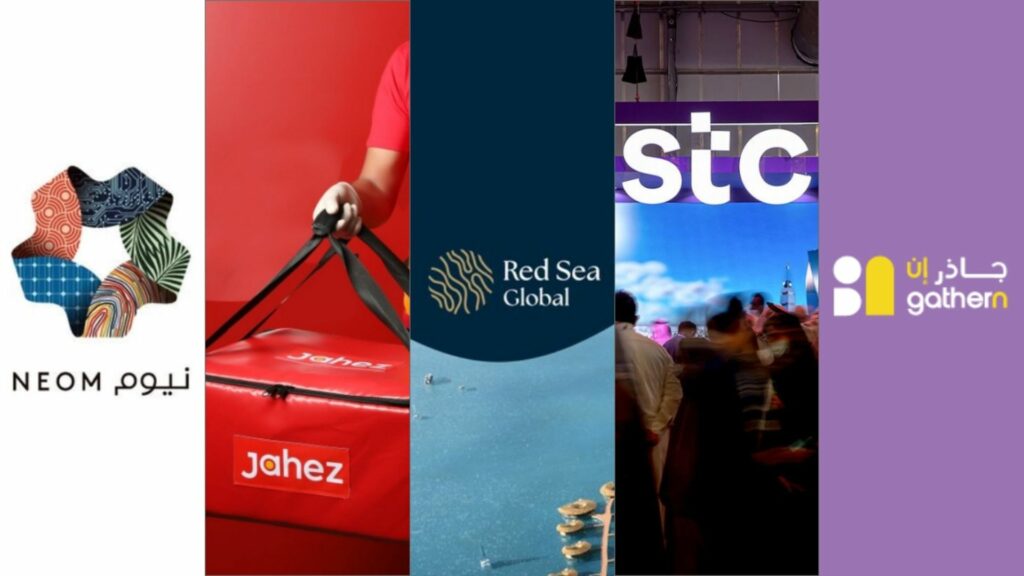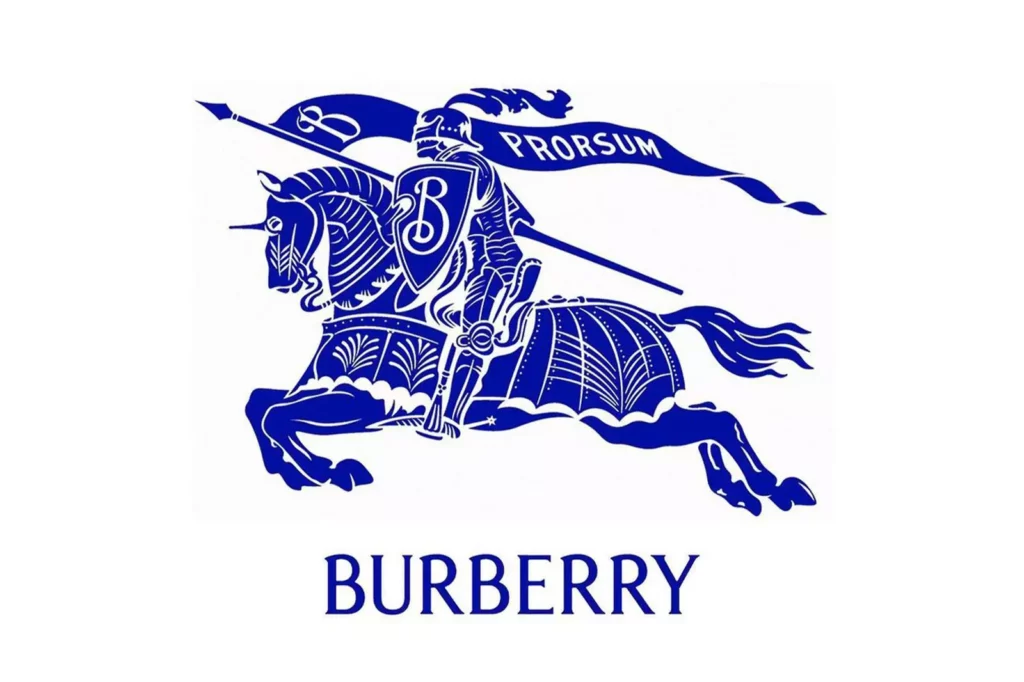Consumers are concerned about inflation since their income won’t go as far. Brands worry because it reduces their profit margins. The first thing to understand is that Brands cannot use promotion to get themselves out of difficulty. Starting a pricing war accelerates margin erosion, re-educates consumers about what a category’s appropriate price point is, and instantly destroys value.
In order to market a brand effectively, marketers must understand its unique situation. A brand allows a business to command a higher price point than an unbranded product. It is important to protect that buffer when inflation hits. A brand’s uniqueness can be assessed by comparing the relative price the customer sees for your offering to the breadth and depth of their favorable perceptions.

Many brands have focused their marketing efforts on how their discounts can contribute to a softening of travel’s financial burden. Since gas prices have skyrocketed, many customers have been negatively impacted by inflation by having to pay more for travel by vehicle and by plane.
While many brands would pull back on media spending during economic uncertainty, experts say cutting marketing efforts can have negative long-term effects.
In spite of worries about the economy, many brands are succeeding. Despite boosting prices, Molson Coors, Constellation Brands, and Anheuser-Busch InBev all reported positive earnings this year, suggesting that concerns about inflation did not dampen the annual summer rise in beer sales. Spending on luxury items is also increasing from prior years. Let’s go through some tips that would be useful when brands are hit by inflation.
A New Approach to Inflation
Higher prices are unavoidable, and typically, we have observed businesses react to high production costs by employing strategies that may have an impact on the consumer’s view, either favorably or unfavorably. One of these is “shrinkflation,” which is the process by which goods’ prices remain the same or go up while they get smaller or more numerous, or occasionally even reformulated or of lower quality.
Innovations That Add Value
When brands elevate emotional value, they become trustworthy and appreciated for operating in the consumer’s best interests rather than in opposition to them. Consumer packaged goods (CPG) brands like Dove are considered a true luxury in many nations, and people keep buying them because they make them feel good. The message they convey is that what matters most in this world is who you are, not how you seem.
Being transparent and providing value
As the majority of consumers enter another difficult economic moment, now is the perfect time for brands to create a strategy around product transparency and put themselves in a position, to be honest with their customers about what they are doing and why. A thorough awareness of what goes on within their favourite brands and goods gives consumers thorough awareness of what goes on within their favorite brands and goods gives consumers confidence and purchasing autonomy back since they know they are informed and can make the best decisions for themselves and their communities.
Consumers are today acting not only in terms of value-seeking but also risk-reduction, as per research by Kantar. In these unstable times, they are seeking a sense of security. By positioning your brand as the compass and assurance of purchasing the best in a time when a dollar is worth so much more, you must capitalise on the brand trust and loyalty you already enjoy.
Transparency is part of this. Being open and honest with your customers is essential to defending your decisions while demonstrating that they still come first. The COVID-19 pandemic gave consumers the opportunity to examine their expectations for businesses seriously and speak out about their wants and concerns. Based on open advertising and communication, 94% of consumers say they are more likely to create brand loyalty (LabelInsight). This is amplified when people are vulnerable and uncertain.
Many marketers have expressed worry due to the conflicting combination of economic signals, including high inflation, the possibility of a recession, and a robust labor market. The ability to identify the problem you can authentically solve depends greatly on understanding inflation’s impact on consumers and your category. Brands that find their unique challenges are much more likely to develop solutions that resonate over time.



